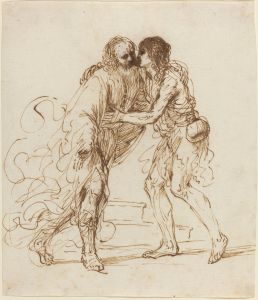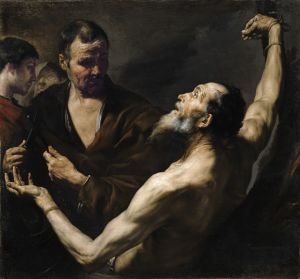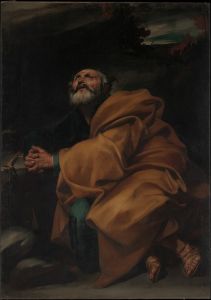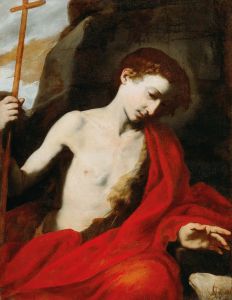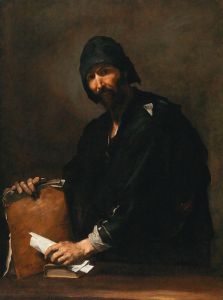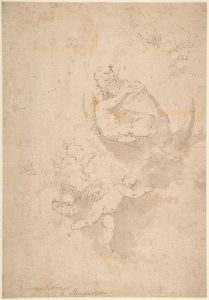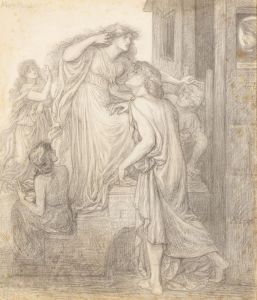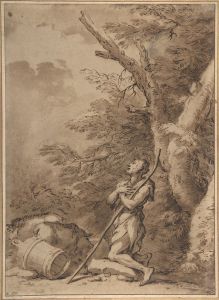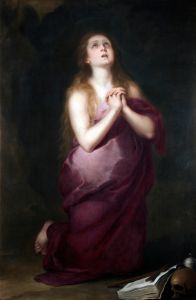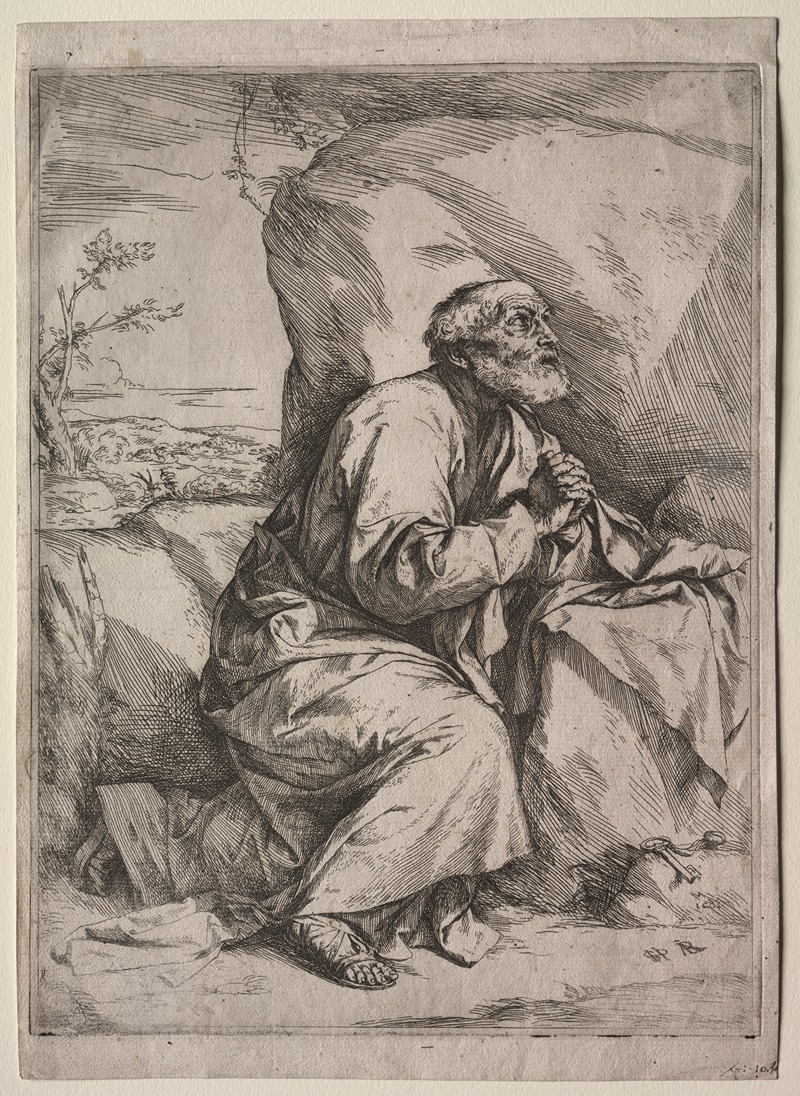
The Penitent St. Peter
A hand-painted replica of Jusepe de Ribera’s masterpiece The Penitent St. Peter, meticulously crafted by professional artists to capture the true essence of the original. Each piece is created with museum-quality canvas and rare mineral pigments, carefully painted by experienced artists with delicate brushstrokes and rich, layered colors to perfectly recreate the texture of the original artwork. Unlike machine-printed reproductions, this hand-painted version brings the painting to life, infused with the artist’s emotions and skill in every stroke. Whether for personal collection or home decoration, it instantly elevates the artistic atmosphere of any space.
"The Penitent St. Peter" is a notable painting by the Spanish Baroque artist Jusepe de Ribera, who was active during the 17th century. Ribera, also known as José de Ribera, was born in Spain in 1591 but spent much of his career in Italy, particularly in Naples, which was then part of the Spanish Empire. He is renowned for his dramatic use of chiaroscuro and his realistic depiction of human figures, often focusing on religious and mythological subjects.
This painting, "The Penitent St. Peter," is a powerful representation of St. Peter, one of the twelve apostles of Jesus Christ, known for his deep remorse after denying Jesus three times before the crucifixion. The theme of penitence is a common one in Christian art, reflecting the concepts of sin, repentance, and forgiveness. Ribera's depiction of St. Peter captures the emotional intensity and spiritual depth associated with this moment of contrition.
In the painting, St. Peter is typically shown as an older man with a rugged appearance, which aligns with traditional iconography. His expression is one of deep sorrow and reflection, capturing the essence of repentance. Ribera's mastery in rendering human emotion is evident in the detailed portrayal of St. Peter's face, which conveys a sense of humility and earnestness. The use of light and shadow in the painting enhances the dramatic effect, drawing the viewer's attention to the saint's expressive features.
Ribera's style is heavily influenced by the tenebrist techniques popularized by Caravaggio, characterized by stark contrasts between light and dark. This approach not only adds a dramatic flair to the composition but also serves to highlight the spiritual and emotional turmoil of the subject. The background is typically kept dark and unobtrusive, ensuring that the focus remains on St. Peter's penitence.
The painting reflects Ribera's interest in human psychology and his ability to convey complex emotions through his art. His works often explore themes of suffering and redemption, making "The Penitent St. Peter" a quintessential example of his oeuvre. Ribera's attention to anatomical detail and his skillful use of color and texture further enhance the realism and impact of the painting.
"The Penitent St. Peter" is housed in various collections, with several versions attributed to Ribera, reflecting the popularity of this theme during the Baroque period. His works are celebrated for their technical proficiency and their ability to evoke a profound emotional response from the viewer.
Ribera's influence extended beyond his lifetime, impacting both his contemporaries and later artists. His ability to blend realism with dramatic intensity made him a key figure in the Baroque movement, and his works continue to be studied and admired for their artistic and historical significance.
Overall, "The Penitent St. Peter" exemplifies Jusepe de Ribera's mastery of Baroque art, showcasing his skill in capturing the depth of human emotion and his commitment to exploring religious themes with sincerity and intensity.






